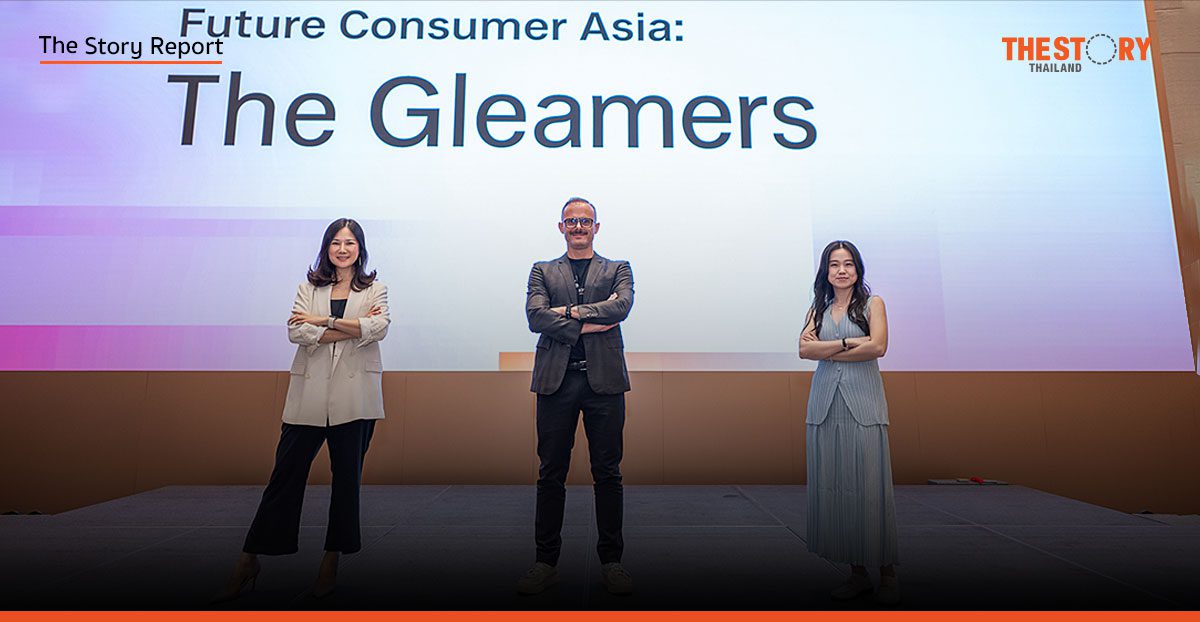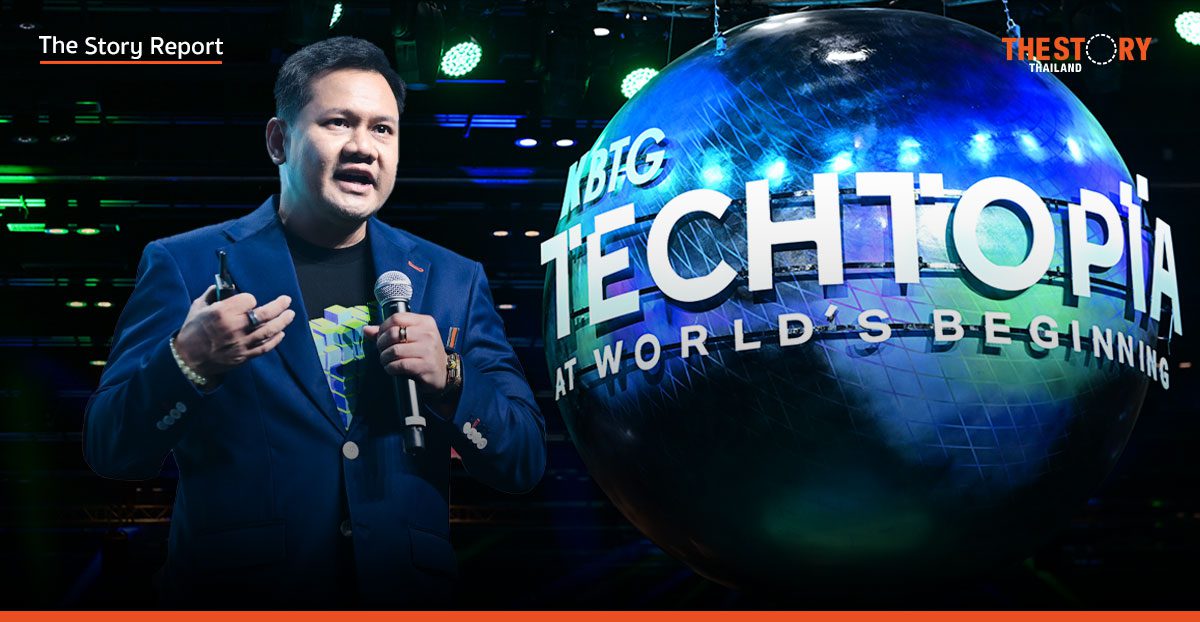In a rapidly evolving global landscape—defined by the rise of artificial intelligence, economic uncertainty, and borderless cultural fusion—brands face an unprecedented challenge in capturing the hearts and minds of modern consumers. On stage at the “Future Consumer Asia: The Gleamers” seminar, a collaboration between WGSN and Marketing Oops!, the global trend forecasting authority offered critical insights into this new era, outlining key strategies for brands to adapt, connect, and thrive.
AI: The Creative Co-Pilot, But the Human Eye Reigns Supreme
Artificial intelligence has undeniably become one of the most powerful and discussed tools of our time. Marc Villemat, Head of APAC at WGSN views AI as a transformative force that can amplify efficiency and elevate the work of creatives. However, he cautions that it is a double-edged sword.
“AI excels at transforming existing data into something new based on our prompts, but it doesn’t create from a vacuum,” Marc explains. “Therefore, the ‘human eye’—our curated taste and critical judgment—remains paramount for creating truly unique and distinct work.”
The complex issues of copyright and ownership for AI-generated content remain a major challenge. In response, WGSN has developed its own proprietary Gen AI, trained exclusively on its vast library of expertly vetted research and data. This ensures a level of accuracy and relevance that public AI tools, which scrape data indiscriminately from the internet, cannot guarantee.
The Rise of Asian Soft Power: Why ‘Hybridization’ is Key
The influence of East Asian culture—from South Korean K-Pop and K-Beauty to Japanese anime and the “Quiet Luxury” trend—has profoundly impacted Southeast Asia. While Western trends also play a role, Rivani Changgra, a Trend Expert at WGSN, argues that success is not about direct adoption.
“The key lies in hybridization and localization,” Rivani states. “The shades of a Korean beauty product may not always suit Thai skin tones, so brands must adapt to genuinely connect with local consumers.”
She points to the phenomenal success of Pop Mart in Thailand, where the best-selling item wasn’t the globally popular Labubu figure, but a unique Crybaby figure adorned in traditional Thai attire. This highlights a deep consumer desire for products with unique stories and local relevance. Marc adds, “Asia is now becoming ‘cool’ on the global stage,” creating a powerful opportunity for regional brands to step into the spotlight with confidence.
The Era of Co-Creation: The Power of Collaboration and Fandom Culture
In an age where consumers crave novelty and surprise, collaboration has become an ultimate strategy. Rivani highlights the power of cross-industry partnerships—like fashion brands teaming up with cafes—and the immense impact of local influencers.
“I witnessed it firsthand at Central World,” she recalls. “The deafening screams weren’t for a K-pop idol, but for a local Thai influencer. This proves the immense trust and love consumers have for their own.”
Furthermore, this collaborative spirit extends to “co-creation” directly with consumers. Brands don’t need massive budgets for huge events; instead, they can foster engagement through smaller, interactive initiatives. Social media challenges, community-building activities like running clubs or book clubs, and tapping into various lifestyle-based “Fandom Cultures” are highly effective strategies that even small brands can leverage to build a powerful and loyal following.
Looking Ahead 5 Years: The Key Battlegrounds of Sustainability, Technology, and Community
Looking toward the future, WGSN identifies three primary forces that will fundamentally reshape consumer behavior:
- Sustainability: Younger generations, particularly Gen Z, have a deep-seated concern for the environment. They seek out brands that operate responsibly and align with their values. Sustainable innovation is no longer an option but a necessity for survival.
- Advanced Technology: AI will become seamlessly integrated into daily life. In retail, technologies like automation for checkout and deep personalization will shift from being novelties to the expected standard.
- Community and Trust: Consumers will increasingly favor local brands and demand transparency. They want to know the “behind-the-scenes” story of the products they buy. Building trust by openly sharing production processes and brand values will be crucial for fostering a strong, loyal relationship.
Ultimately, while the world is increasingly driven by advanced technology, the key to winning consumers’ hearts remains deeply human. Brands that successfully blend digital strategies with a genuine understanding of culture, foster authentic connections, and deliver memorable experiences will be the ones to triumph in this new and exciting landscape.
TikTok and 12 partners expand #ThaisAware campaign to combat Cybercrime
The Autonomous AI Era: A New Playbook for Business












